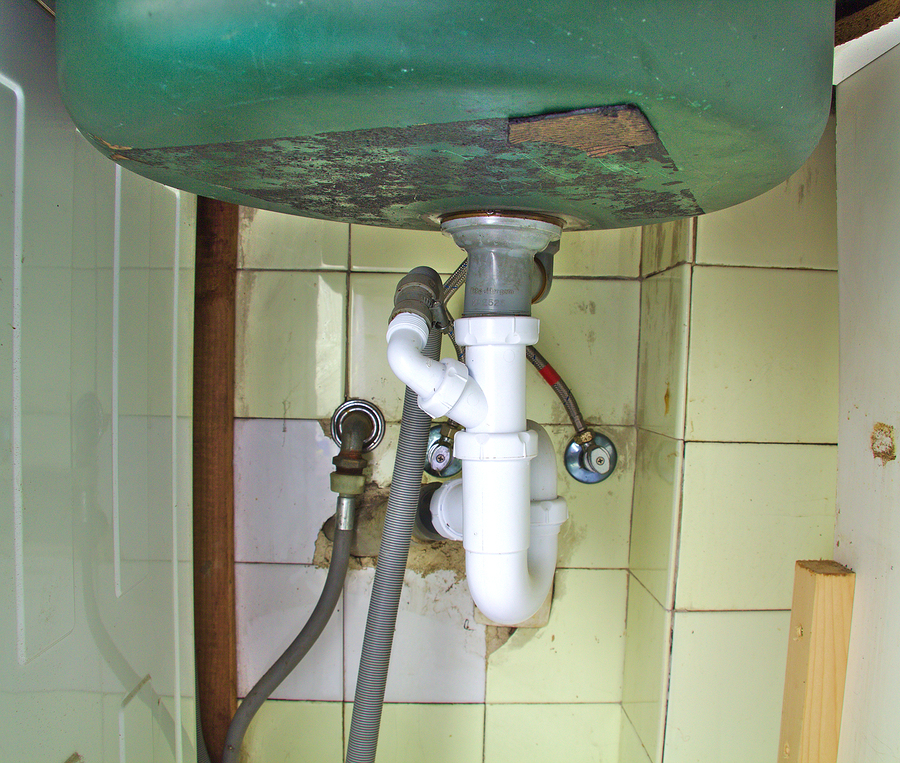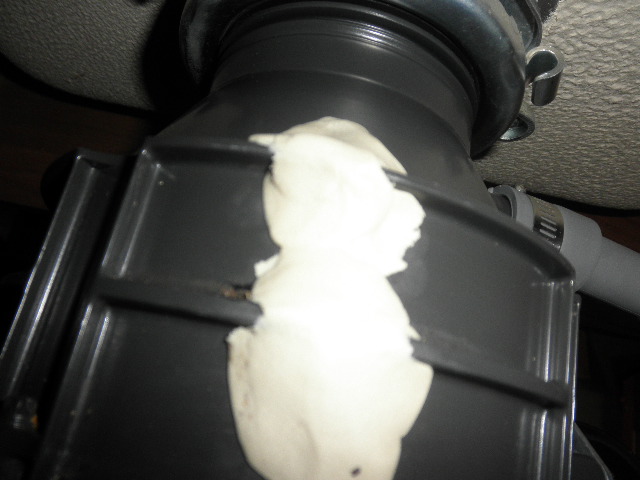Highly Rated Methods for Resolving a Leak in Your Garbage Disposal
Highly Rated Methods for Resolving a Leak in Your Garbage Disposal
Blog Article
Every person seems to have their personal piece of advice on the subject of Why Is .

Garbage disposals are necessary kitchen area appliances that aid in throwing away food waste effectively. However, a dripping garbage disposal can be an irritating and messy trouble to handle. The good news is, numerous leakages can be repaired conveniently with a couple of easy actions. In this article, we will go over just how to repair a leaking waste disposal unit effectively.
Introduction
Garbage disposals are set up under kitchen area sinks and are created to shred food waste right into smaller pieces, allowing it to travel through the plumbing system conveniently. While these devices are normally trustworthy, leakages can happen with time as a result of wear and tear, loose links, or damages to the unit.
Usual Reasons For Leakages in Rubbish Disposals
Worn Seals and Gaskets
Seals and gaskets play a critical duty in stopping water from leaking out of the waste disposal unit. With time, these components can wear away, causing leaks around the disposal device.
Loose Connections
The links between the garbage disposal and the pipes system can end up being loosened over time, triggering water to leak out during procedure.
Cracks or Holes in the Disposal Unit
Physical damages to the waste disposal unit, such as cracks or holes in the housing, can additionally result in leakages.
Recognizing the Resource of the Leak
Prior to attempting to take care of a dripping waste disposal unit, it is necessary to recognize the source of the leak. This can normally be done via visual evaluation or by carrying out easy tests.
Visual Inspection
Inspect the waste disposal unit system thoroughly for any type of signs of water leakage. Pay close attention to locations around seals, gaskets, and link points.
Examining for Leakages
One way to examine for leaks is by running water via the disposal system and checking for any kind of visible indicators of leakage.
Devices and Products Needed for Taking Care Of a Dripping Garbage Disposal
Prior to starting the repair service procedure, gather the required devices and products, including a screwdriver, adjustable wrench, plumbing professional's putty, replacement seals or gaskets, and epoxy or patching material for repairing fractures or openings.
Step-by-Step Overview to Dealing With a Leaking Waste Disposal Unit
Turn Off the Power
Before attempting any repair work, guarantee that the power to the garbage disposal system is turned off to prevent the risk of electrical shock.
Situate the Leakage
Recognize the precise place of the leak and determine the reason.
Tighten Links
Use a wrench to tighten up any type of loosened links between the disposal unit and the plumbing system.
Replace Seals or Gaskets
If the leakage is due to used seals or gaskets, remove the old components and replace them with new ones.
Patching Cracks or Openings
For cracks or openings in the disposal system, use epoxy or an appropriate patching product to secure the damaged area.
Checking the Waste Disposal Unit After Repair Service
As soon as the repair is total, examine the waste disposal unit by running water through it to make sure that the leakage has been solved.
Preventive Maintenance Tips to Prevent Future Leaks
To avoid future leakages, it is necessary to execute normal upkeep on your garbage disposal. This includes maintaining it clean, avoiding putting non-food products or difficult items down the disposal, and regularly looking for leakages or various other concerns.
Verdict
Finally, fixing a dripping waste disposal unit is a fairly straightforward procedure that can be finished with fundamental tools and materials. By adhering to the actions described in this write-up and exercising preventive upkeep, you can keep your waste disposal unit in good working problem and prevent costly fixings in the future.
What to Do About a Leaking Garbage Disposal
A leaking garbage disposal often goes unnoticed until you confront a sopping cabinet, a foul-smelling puddle, or an audible drip-drip-drip from the unit. The fix can be frustrating, too, because the leak can stem from a number of components in the system. Fortunately, with a little sleuthing, you can zero in on the leak and—depending on the exact location—stop the icky oozing and repair the component that caused it. Worst case scenario, if it turns out that the garbage disposal must be replaced, installing a new one is a reasonable do-it-yourself task for those with basic plumbing skills. Read on to keep the cash you’d otherwise hand over to a pro.
Prepare to find the leak
Prior to testing the garbage disposal for leaks, unplug it at the wall outlet and turn off the power from the breaker box to prevent electrical shock. Then insert a watertight sink stopper into your sink drain and wipe the unit dry with a clean cloth. In any handy container, mix a few drops of food coloring into a few cups of water, and pour the dyed water onto the sink stopper to help you locate the leak.
Investigate the source
the top, where the disposal meets the sink drain the side, where the dishwasher hose or main drain pipe connects to the disposal or the bottom of the unit Inspect each of these locations while gliding a light-colored rag over the unit; the dyed water will readily show on the rag and reveal the location of the leak. If a leak isn’t immediately apparent, remove the sink stopper and pour a few more cups of dyed water down the sink drain, then check for leaks again. Leaks near the top of the unit are more likely to show themselves while the sink is plugged, while side and bottom leaks are more noticeable while the sink is unplugged.
The metal sink flange that sits directly inside the sink drain is typically sealed around the top with plumber’s putty (a clay-like sealant) and then secured from under the sink with bolts. If the plumber’s putty deteriorates, or the bolts loosen, the flange can no longer form a watertight seal between the sink drain and the disposal—which could cause a leak at the top of the unit.
To reseal the leaky flange, you must first detach the garbage disposal. Start by loosening the screws securing the main drain pipe to the disposal, then loosen the screws in the metal clamp securing the dishwasher hose to the disposal and detach the drain pipe and dishwasher hose from the disposal. Loosen the screws in the mounting ring that connects the disposal to the metal mounting assembly beneath the sink, then pull down the disposal and carefully set it on a clean, dry surface. Loosen the bolts in the mounting assembly with a wrench, then pull down the mounting assembly and set it near the disposal.

I'm just very inquisitive about How to fix a pretty consistent leak from my garbage disposal and I am praying you liked the blog posting. Are you aware of another person who is curious about the topic? Take a moment to share it. I truly appreciate reading our article about Why Is My Garbage Disposal Leaking From the Bottom?.
Go Company Report this page